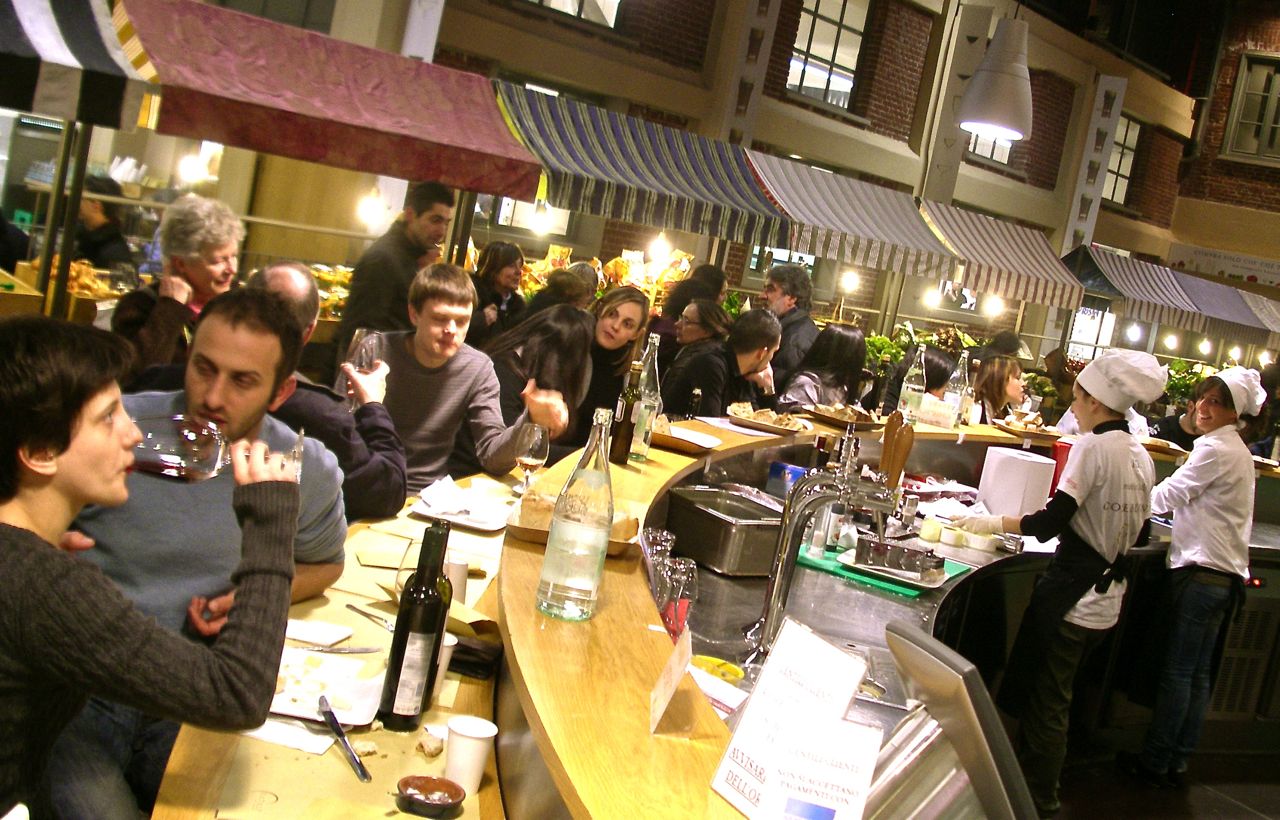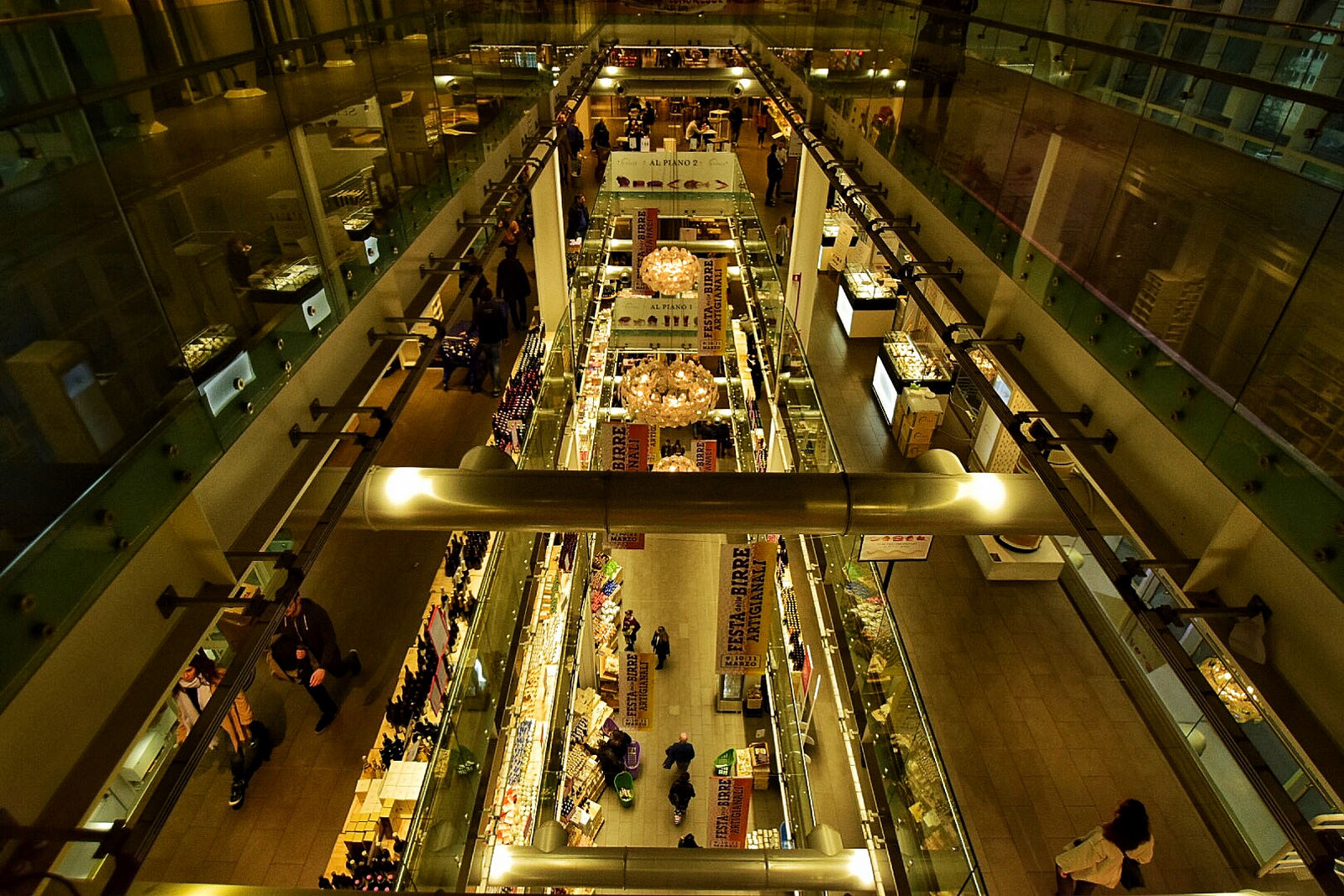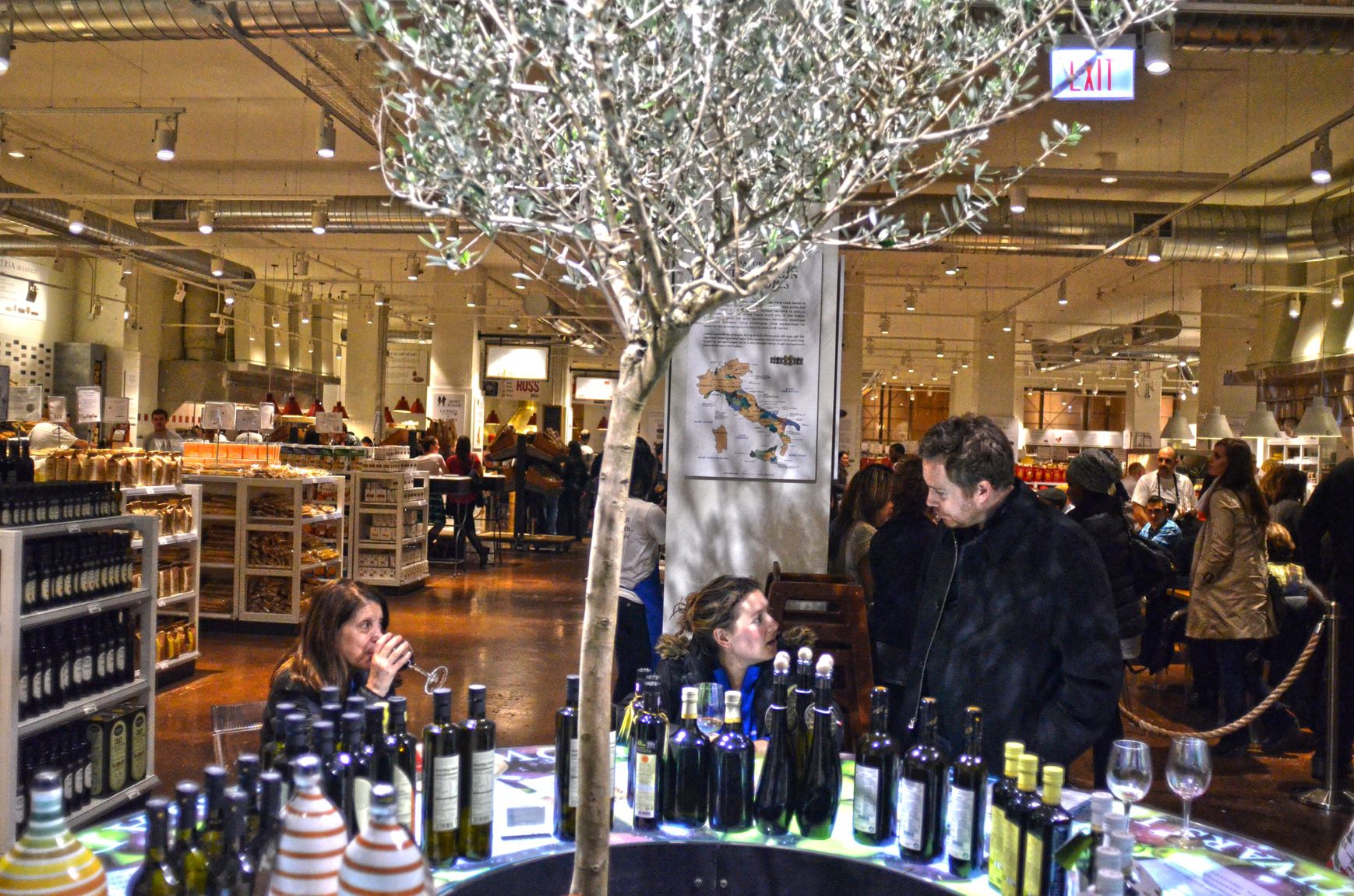Once Mario Batali’s wildly popular Italian food megalith — a combination of grocery stores, restaurants and gourmet food courts — hits a neighbourhood near you, you can expect an immediate economic impact to be felt.
Written by Chris Metler
The Eataly effect.
Yes, this is a thing. Google it.
Heck, you needn’t look any further than Eataly’s inaugural North American location, which, according to Fast Company, was doing USD $85 million in annual revenue by 2015.
When unveiled back in August 2010 — in New York City’s Flatiron District — rents within a block or two were reported to have increased 15 per cent over subsequent months. And in the years since, not surprisingly, twenty or so other restaurants began to sprout up nearby.
An even bigger Eataly counterpart in Chicago was on pace to hit USD $50 million a couple years ago, nearly matching the gross sales of its flagship store in Turin, Italy.
“This is why landlords want us so badly,” Nicola Farinetti, the Italian-born chief executive of Eataly in the United States, recently opined. “Anytime anybody very good opens close to us, they’re always very happy.”


The effect on Toronto
Soon, the Eataly effect is poised to make similar waves in Toronto, where, in early 2019, the Italian marketplace’s first Canadian outpost will debut at the Manulife Centre, as part of the $100-million renovation of that complex. It will span 50,000 square feet across three storeys.
Forecasted to be a huge traffic builder for the Yonge-Bloor and Yorkville communities, Eataly’s impending arrival was, indeed, a prime selling point for Mizrahi Developments when launching The One in October — Canada’s first billion-dollar tower.
Mere footsteps from where Eataly will call home, the ambitious, 85-story condo / hotel / retail hybrid offers suites ranging between $779,900 to nearly $17-million. With price per square foot estimated to be a record high for the area — it could certainly be argued that the Eataly effect has already revealed its considerable influence in Toronto, if not as explicitly as with Eataly’s Manhattan outlet.
As a matter of additional interest, the Eataly effect can also claim responsibility for the general food hall trend, which real estate developers have feverishly taken notice of.

The food hall phenomenon
In Toronto alone, food-centred spaces — scarcely resembling the food courts of yesteryear — have become all the rage, specifically as a selling point for upcoming pre-construction projects.
There’s The One and its close proximity to Eataly, obviously. As well as Waterworks at Richmond and Augusta, which will feature its own sprawling, in-house food hall. The development proposal for Mirvish Village — the former Honest Ed’s — is another throwing its hat into the food hall mix.
As for what makes this food hall concept so attractive to prospective buyers themselves, ultimately, it probably boils down to people willing pay for the convenience of having everything at their doorstep — be it a $5 slice of pizza, or $100 dinner.
How much, you may ask?
Well, that’s a question Toronto developers can’t wait to get more answers to — they’ll keep building ‘em in the meantime — and one they should undoubtedly thank the Eataly effect for raising.








